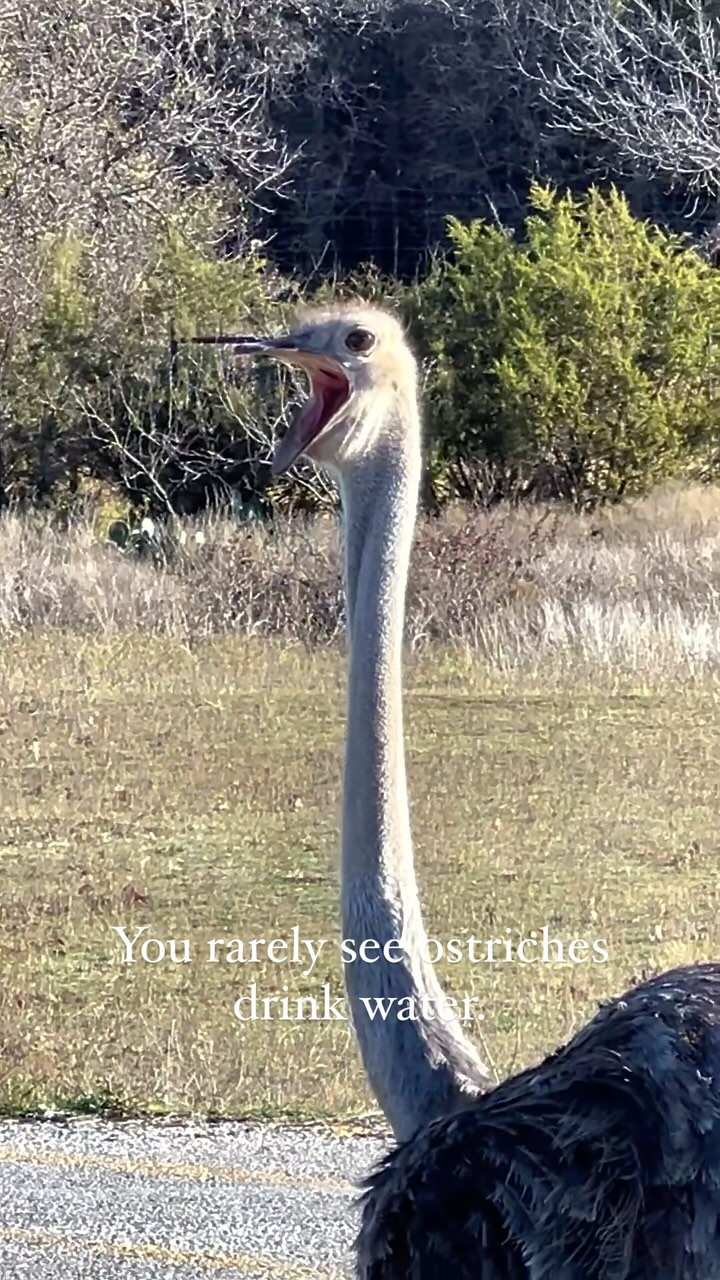- Adaptations of ostriches to arid environments.
- Comparison of ostriches and antelopes in water retention.
- The role of body temperature regulation in survival.
- Scientific insights into the ostrich’s dietary habits.
- Conservation efforts for ostriches and other wildlife.
Ostriches, the largest birds on our planet, have adapted remarkably to thrive in arid environments. Similar to many antelope species sharing their habitat, ostriches exhibit unique physiological and behavioral characteristics that enable them to survive in areas where water is scarce. Understanding these adaptations provides insight into the broader theme of survival strategies in extreme habitats, shedding light on the intricacies of nature’s design.
Ostriches, much like antelopes, have evolved to efficiently manage their water intake. Both these animals inhabit regions where water can be scarce, yet they thrive by extracting moisture from their diet. The ostrich’s primary diet consists of various plants, many of which contain substantial water content. This ability to extract water from greenery allows ostriches to minimize their dependency on direct water sources. Antelopes exhibit a similar trait, foraging on dew-laden plants during the early morning hours to meet their hydration needs.
Further aligning them with antelope, ostriches possess a fascinating capability to regulate their body temperature, which plays a critical role in water conservation. In scorching environments, both ostriches and antelopes elevate their internal temperatures, reducing the need for evaporative cooling via perspiration. This adaptation significantly decreases water loss, allowing these animals to endure high temperatures without the frequent need to find water. The ability to control body temperature underscores a sophisticated survival strategy that minimizes physiological stress in hot climates.
The scientific community has long been intrigued by the dietary habits and metabolism of ostriches. Primarily herbivorous, ostriches consume a variety of plant matter, which not only provides them with water but also essential nutrients. Ostriches are equipped with a robust digestive system, featuring an elongated intestine that maximizes nutrient absorption. This adaptation is mirrored in antelopes, whose specialized digestive processes allow them to break down cellulose-rich plant material efficiently. Learning about these dietary strategies offers valuable insights into the metabolic adaptations animals develop to cope with resource-limited environments.
Conservation efforts focused on preserving ostriches and their counterparts are crucial in today’s rapidly changing environments. Habitat destruction and climate change pose significant threats to the survival of these species. Conservation strategies often involve habitat restoration, anti-poaching efforts, and community-based programs that encourage sustainable coexistence with wildlife. Understanding the interdependence of these animals with their ecosystem highlights the importance of integrated conservation approaches. Safeguarding the delicate balance of these habitats ensures that both ostriches and antelopes continue to thrive for generations to come.
Adopting a multifaceted approach to understanding ostriches and antelopes provides a comprehensive view of their survival mechanisms. Highlighting their shared traits emphasizes the ingenuity of nature’s designs in fostering life in challenging conditions. By studying these regal creatures, we glean not only knowledge of their fascinating lives but also the responsibilities we bear in their conservation.
*****
Source Description
Why is that, now that we mention it? 🤔⬇️
Like many of the antelope that reside here, ostriches come from arid environments. Like those antelopes, their bodies have clever ways of getting the water they need through plants or even retaining it by raising their body temperatures.


